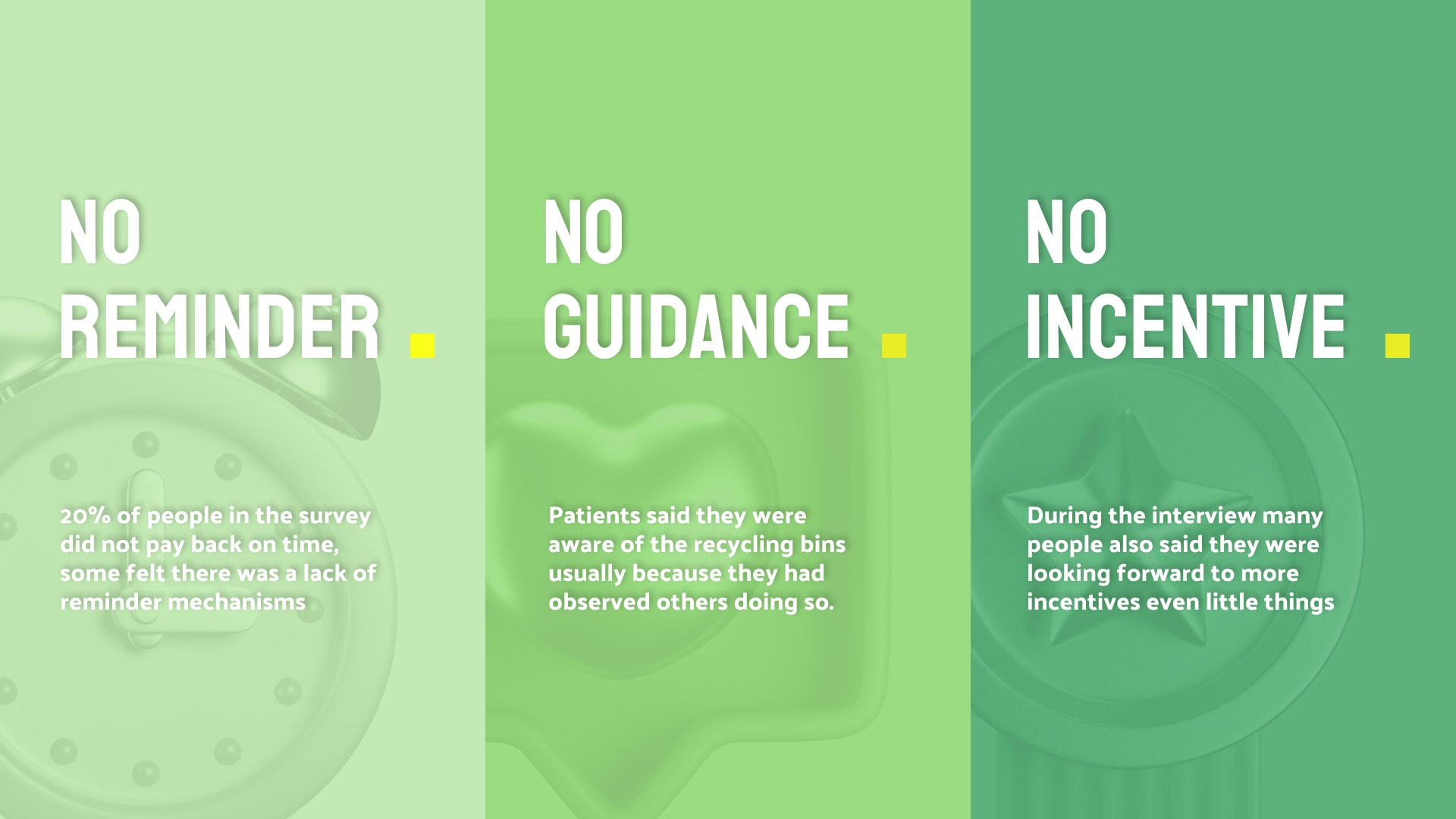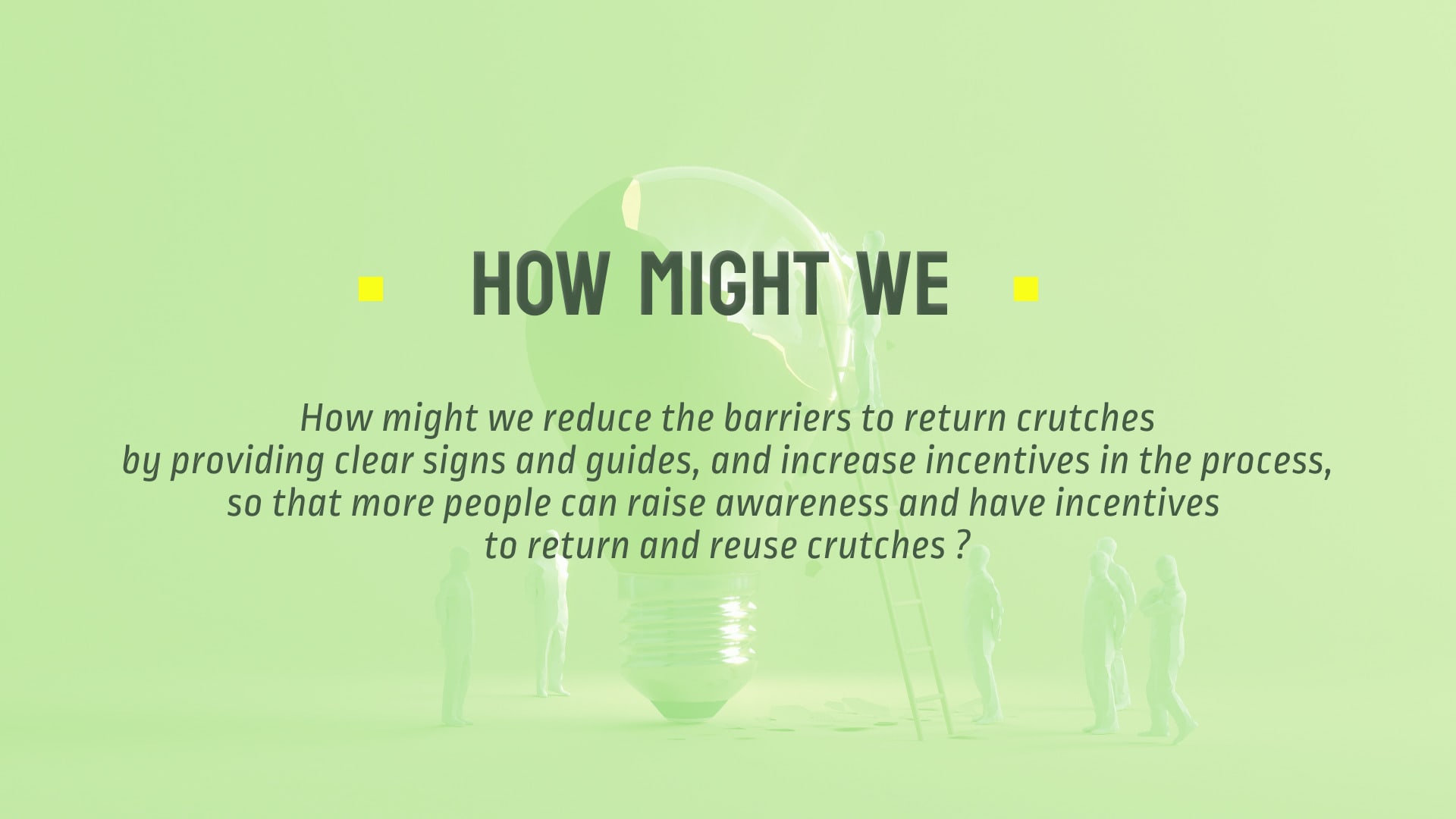🤩I am a designer who strives to integrate environmental friendliness and relational connectivity into service design. My mission is to help world hear the small cries that lie beneath the mainstream voices through warm and powerful design.
📚Currently, I'm studying at Royal College of Art in Service Design. Meanwhile, I'm in my second year of Master of Professional Studies in Design at Shanghai University of Engineering Science. My background is Industrial Design graduated at Qingdao University in China.
🌱My love for exploring the relationship between nature and people makes me keep looking at the incredible insights that can be gained when both environment and human are listened to.






